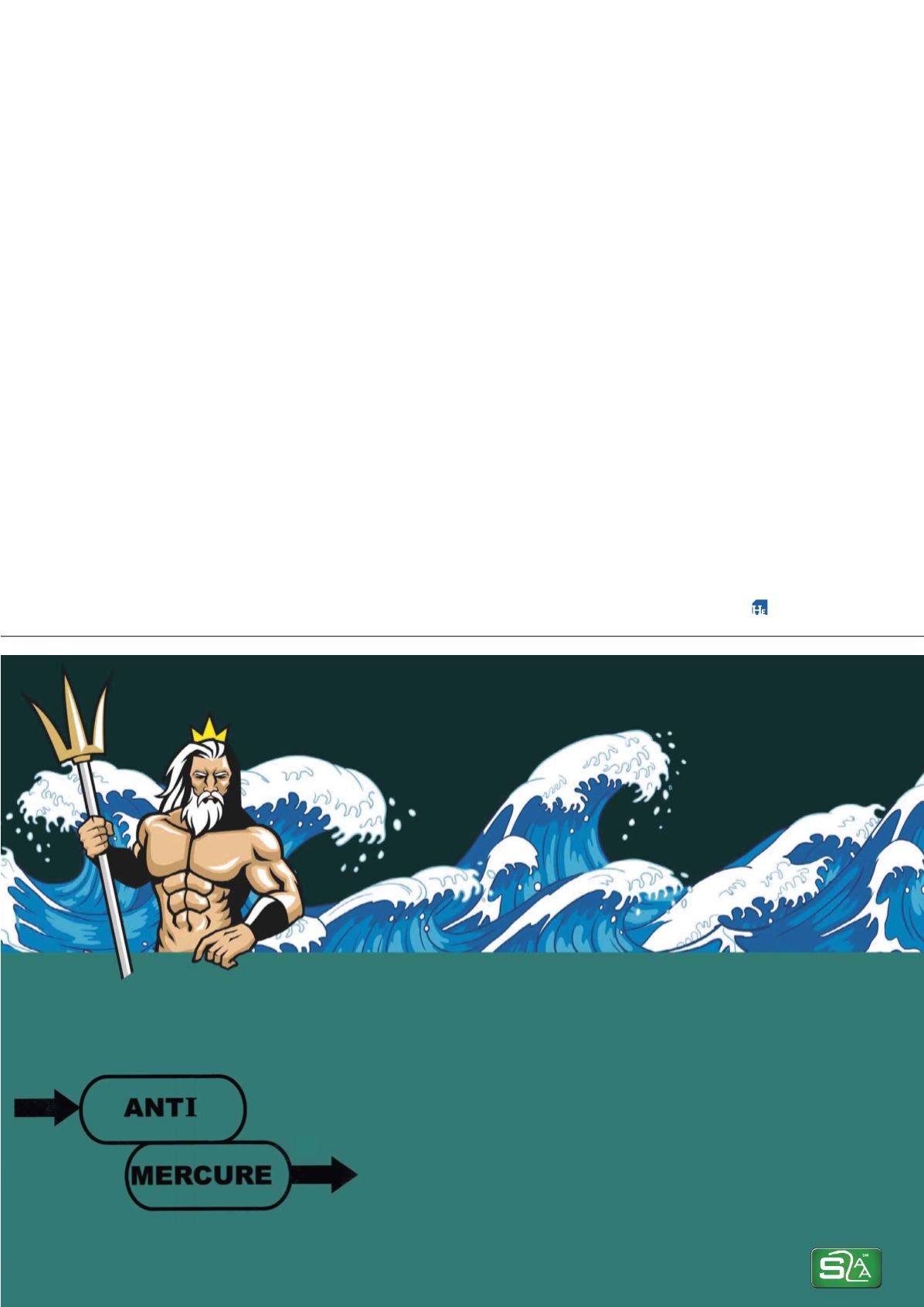
in southern Malaysia on 15 March. The cause of the fire is still
under investigation. PRefChem, jointly owned by Malaysia’s
state energy firm Petronas and Saudi Arabia’s Aramco, said the
complex’s diesel hydro treating unit (DHT) was badly damaged.
The US$27 billion complex in Johor state had originally
been slated for full start-up last year. But it was shut down by
a huge fire in April 2019. The complex includes a 300 000 bpd
refinery and several petrochemical and chemical units with a
combined production capacity of 3.3 million tpy.
The two fires represent a major setback for both Petronas
and Saudi Aramco which had high expectations for their first
joint venture investment. Petronas celebrated Saudi Arabia’s
decision in 2017 to invest US$7 billion in the controversial
project at a time when the refining industry was already
looking shaky. Aramco underlined its commitment by agreeing
to supply up to 70% of the refinery’s crude feedstock
requirement.
Petronas expects a bleak 2020
Even before the PRefChem plant’s explosion, Petronas was
bracing for further declines to its revenue and profit this year,
following through from a disappointing 2019.
Despite improved operating figures last year, the company
turned in a weaker financial performance on account of lower
oil and gas prices. After-tax net profit plunged 27% to
RM40.5 billion while revenue fell 4% to RM240.3 billion last
year (US$1 = RM4.43).
Petronas said the impact of lower oil and gas prices was
partially cushioned by the company’s improved sales of
petroleum products and LNG, and the weakening of the
Malaysian ringgit against the US dollar. It said that it boosted
total oil and gas production by 1.91% to over 2.4 million boe/d
in 2019, up from 2.36 million boe/d in 2018. Sales rose 4% to
1.75 million boe/d from 1.681 million boe/d the previous year.
Petronas President and CEOWan Zulkiflee Wan Ariffin said
he expects global oil demand to weaken further in 2020 as the
spread of COVID-19 shuts down economic activities around
the world.
The Brent crude price averaged US$64.27/bbl in 2019,
down 9.6% from US$71.19 in 2018, according to the US Energy
Information Administration (EIA).
For 2020, the EIA expects the Brent price to fall by nearly a
third to US$43.30/bbl. Even this is looking optimistic as
analysts have drastically slashed demand forecasts on fears
that the global economy is plunging into a long and deep
recession. Brent recently fell below US$20/bbl, its lowest level
in over two decades.
“The outlook of the oil and gas industry remains bearish
given the ongoing geopolitical uncertainties, prolonged trade
tensions and near-term demand disruptions due to COVID-19
outbreak,” Petronas said in a statement.
The company’s weakened prospects were reflected by a
credit downgrade delivered by a major US ratings agency that
will increase Petronas’s cost of borrowing.
In a statement, Fitch Ratings said it has lowered the
outlook on the Malaysian firm’s issuer default ratings (IDRs) to
‘negative’ from ‘stable’ previously. The IDR measures the
company’s likelihood to default on borrowings.
www.AntiMercure.comAntiMercure
®
Systems
• Proven 99% mercury removal from water
• Continuous operation
• Easy installation and start-up
• Pre-engineered, skid mounted – 3 standard sizes
3URGXFHG :DWHU 5H¿QHU\ :DVWHZDWHU 7UHDWPHQW
®








